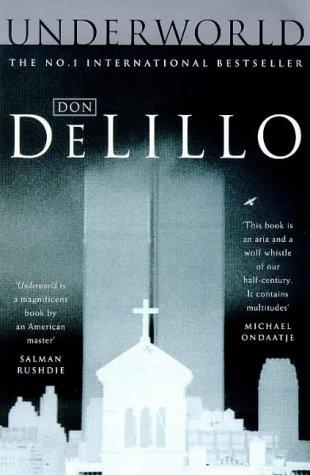
Tackling Underworld is a daunting task. Eight hundred and twenty seven pages that span the better part of 50 years, the narrative jumps back and forth in time in a liquid fashion that can leave the reader mentally exhausted.
Although the majority of the book is 'about' Nick Shay, a native New Yorker with a hardscrabble upbringing who becomes an Arizona based solid waste disposal executive, the real main character of Underworld is the Cold War era and the way it defined the lives of those who came of age during it. Nick, his military scientist brother, his former lover, her chess-teaching husband, Nick's mother, wife, and a baseball memorabilia collector are the vessels through which the narrative weaves, tackling issues as diverse as dementia, redemption, the arms race, the loss of the ideals of the 1950s, and yes, the logical extension of how mankind deals with its trash.
The writing is pretty amazing. The much-lauded first chapter, an omniscient description of the legendary 1951 baseball game between the Giants and the Dodgers at the Polo Grounds in New York, deserves the praise that has been heaped upon it. DeLillo skillfully interweaves the individual stories of random ordinary folk in the stands with the musings of the more famous celebrities present: Jackie Gleason, Frank Sinatra, and J. Edgar Hoover. The baseball that Bobby Thomson launches into the stands becomes a focal point for much of the narrative that follows.
DeLillo was clearly aiming for the grandstands himself with this novel. The book, published in 1997, has a cover which features the Twin Towers looming behind a graveyard. Not only does this image seem eerily prescient, but the novel stands as a grand elegy to the twentieth century and all the personal and societal upheaval encountered during its final forty years. Even at its great length, the novel somehow feels unfinished, leaving the reader in the same kind of limbo the 20th century abandoned us in.

No comments:
Post a Comment